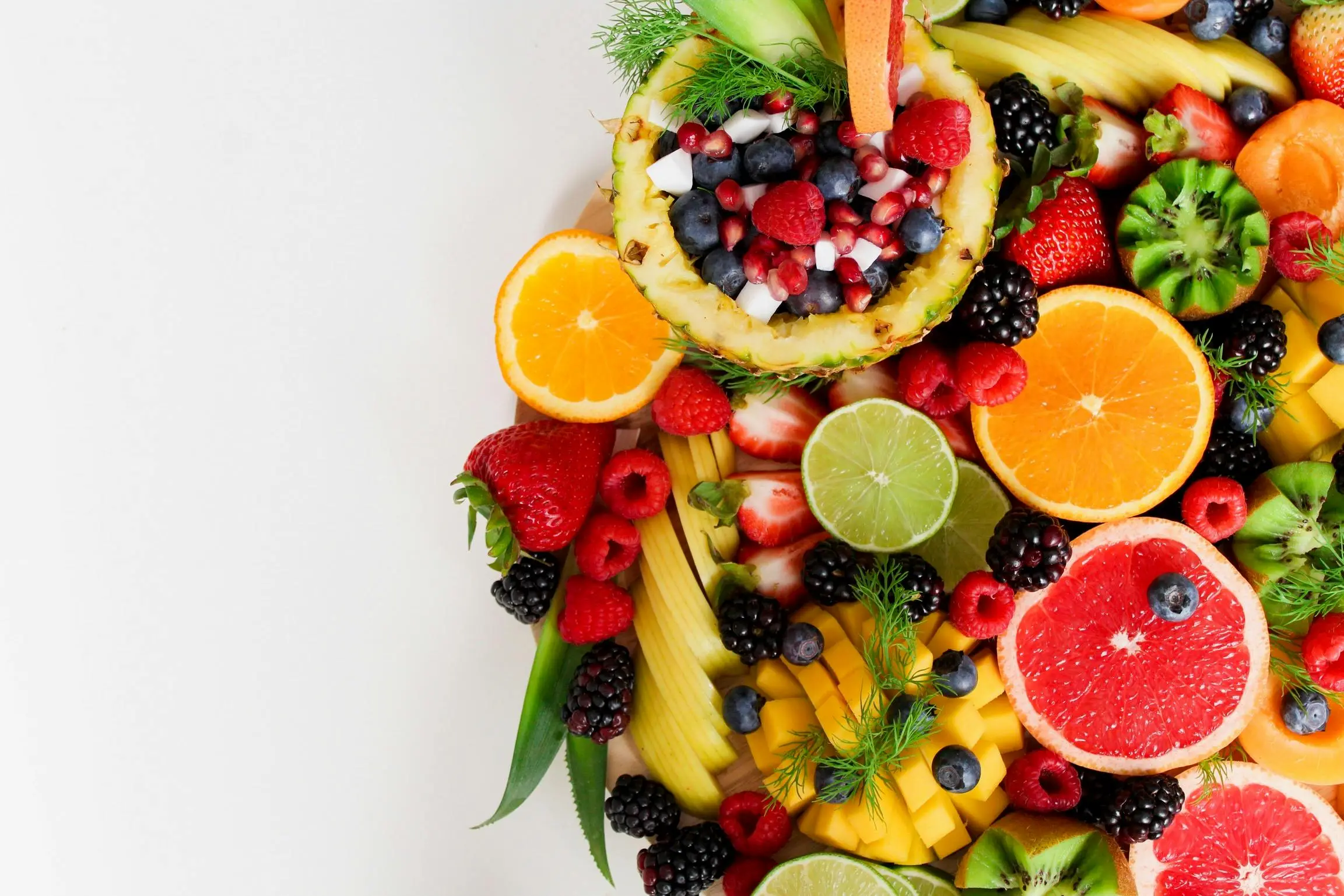Have you ever wondered about the benefits of eating fruit and vegetable peels? Unlocking the Nutritional Benefits from https://wellhealthorganic.com/ Peels are often thrown away, but they hold incredible nutrients that can enhance health and reduce food waste. In this article, we’ll explore why eating peels is beneficial, which ones are safe, and how to include them in your diet safely.
Nutritional Components Found in Peels
Fruit and vegetable peels are packed with vitamins, minerals, and antioxidants that often surpass the nutrients found in the flesh of the produce. For example, potato skins contain high levels of potassium and vitamin C, while citrus peels are rich in flavonoids that boost immunity and reduce inflammation. Additionally, peels like apple and kiwi are high in fiber, which is crucial for maintaining digestive health.
Health Benefits of Eating Peels from https://wellhealthorganic.com/
Eating peels offers numerous benefits:
- Digestive Health and Weight Control: The fiber in fruit peels aids digestion and helps you feel full for longer.
- Antioxidant Protection: Many peels contain antioxidants that protect cells from damage and reduce the risk of chronic diseases.
- Natural Weight Management: Peels are low in calories and high in fiber, which can help maintain a healthy weight.
- Disease Prevention: Compounds like resveratrol in grape skins are linked to reducing the risks of certain cancers and heart disease.
Best Peels to Include in Your Diet
Here are some of the most nutritious peels you can safely eat:
- Citrus Peels (Oranges, Lemons, Limes): These peels are rich in vitamin C and flavonoids, which support the immune system and fight inflammation.
- Apple Peels: Apple peels contain fiber and antioxidants like quercetin, which improve heart health.
- Potato Skins: Loaded with potassium, iron, and vitamin C, potato skins are great for your immune system and overall health.
- Kiwi Peels: Kiwi peels are high in fiber, vitamin E, and antioxidants, promoting digestive health and glowing skin.
Tips for Safely Consuming Peels
Not all peels are edible, so it’s important to know which ones are safe and how to prepare them:
- Choosing Organic Produce: Organic fruits and vegetables are less likely to contain harmful pesticides, making them safer for consumption.
- Proper Washing Techniques: Always wash fruits and vegetables thoroughly under running water and use a vegetable brush for extra cleaning.
- Incorporating Peels Creatively: You can add citrus zest to baked goods, toss apple peels into smoothies, or bake potato skins as chips.
- Cooking Peels: Cooking or baking peels can soften their texture, making them easier and more enjoyable to eat.
Common Misconceptions About Eating Peels
Some people hesitate to eat peels due to concerns about pesticides or digestive issues. Let’s clear up some common misconceptions:
- Pesticide Concerns: Choosing organic produce and washing it thoroughly can significantly reduce pesticide exposure, making peels safe to eat.
- Digestive Issues: If you’re new to eating peels, start slowly and introduce them gradually to avoid discomfort.
- Taste and Texture Issues: Many peels, like citrus and potato, can be blended into soups or smoothies for a smoother texture and flavor.
Scientific Evidence Supporting the Benefits
Scientific research confirms that fruit and vegetable peels contain higher nutrient concentrations compared to the inner flesh. For example, studies show that apple peels have triterpenoids, compounds known for reducing cancer cell growth. Similarly, grape peels are rich in resveratrol, an antioxidant that protects against heart disease.
Conclusion
Fruit and vegetable peels are often overlooked sources of nutrition that can significantly benefit health. By incorporating peels into your diet, you gain essential vitamins, fiber, and antioxidants while reducing food waste. Unlocking the Nutritional Benefits from https://wellhealthorganic.com/ Remember to choose organic produce, wash thoroughly, and get creative in the kitchen to make the most out of these nutrient-packed peels. Make a small change today by adding peels to your meals and enjoy the health benefits they bring.
FAQs
Are all fruit peels safe to eat?
Not all peels are safe; choose edible ones like apple, kiwi, and citrus peels.
How should I wash fruit peels before eating them?
Wash under running water and use a vegetable brush to remove dirt and pesticides.
Can I eat potato skins?
Yes, potato skins are rich in nutrients like potassium and vitamin C.
What are the best ways to eat fruit peels?
Add them to smoothies, bake them as chips, or use as zest in recipes.
Do fruit peels aid in weight loss?
Yes, the fiber in peels can help you feel fuller, supporting weight management.

